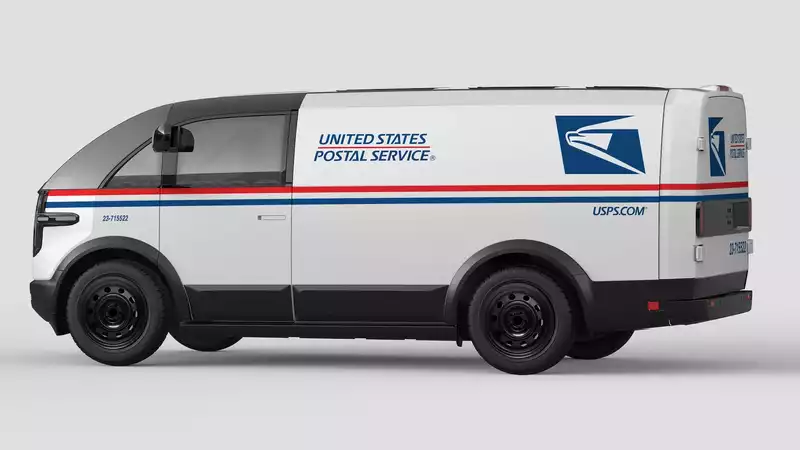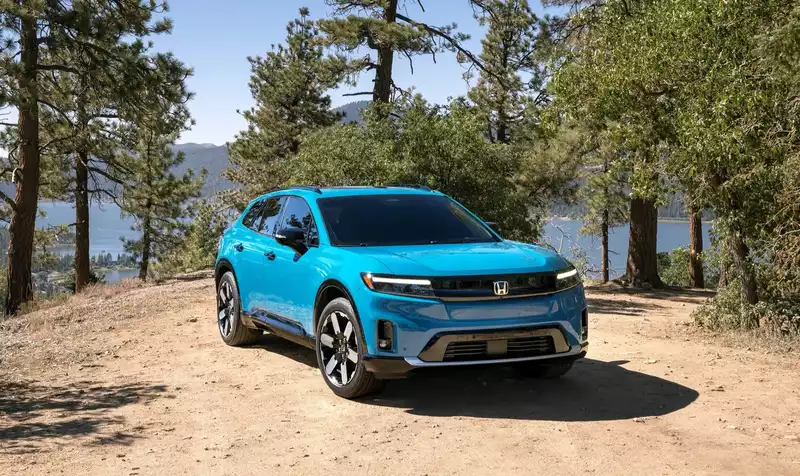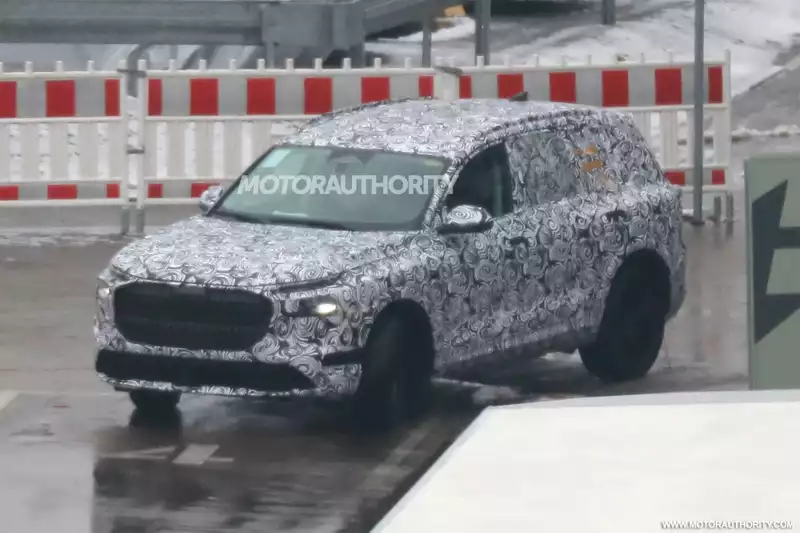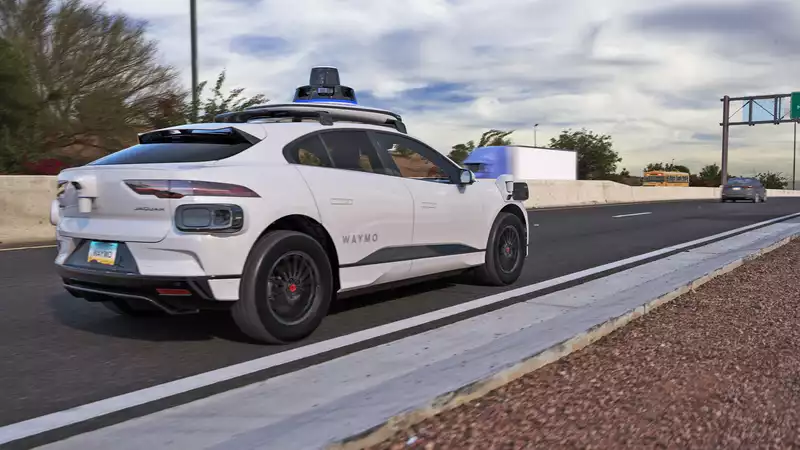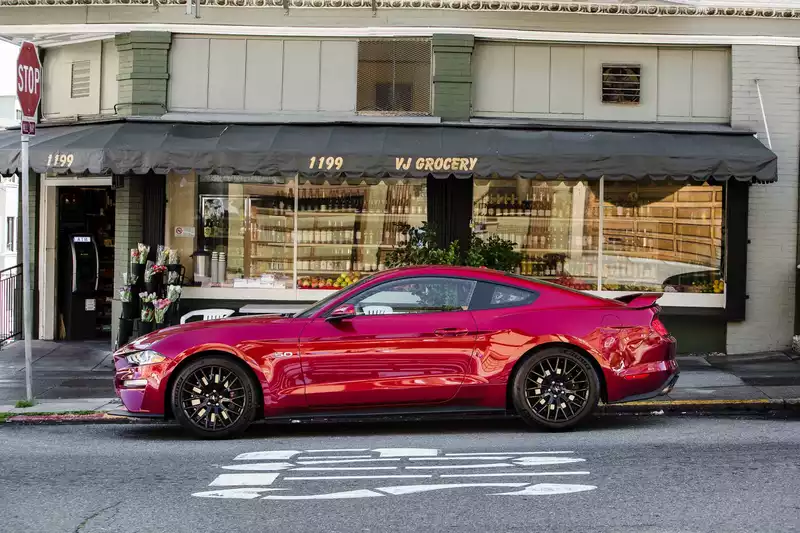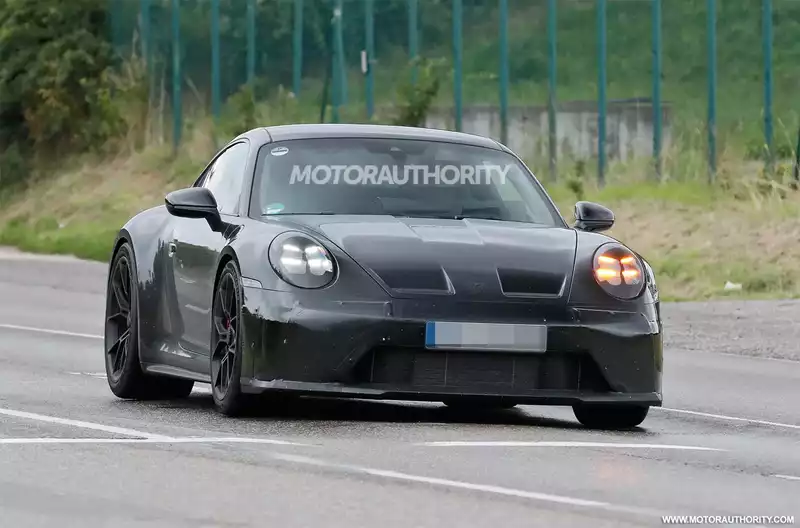Volkswagen entered the U.S. 75 years ago.
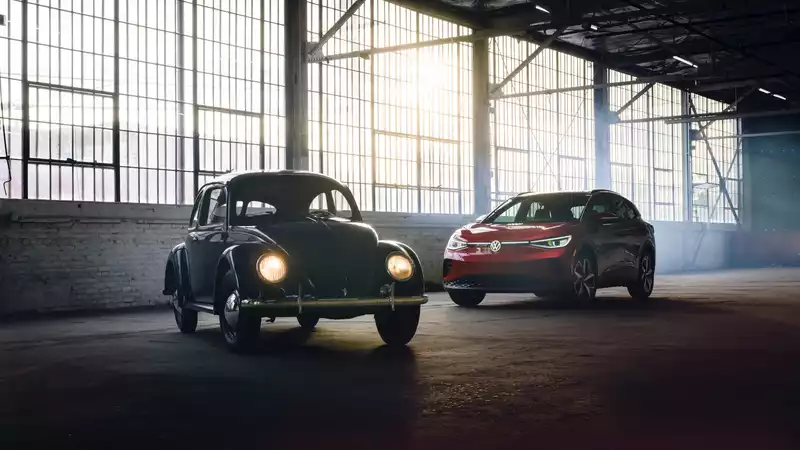
Volkswagen has sold cars in the United States for the past 75 years, becoming one of the largest automakers in this market. It all started with just two Beetles.
According to Volkswagen's description, in 1949, Dutch businessman Ben Pont landed in New York with two Beetles. The Type 2, also known as the Microbus, followed, arriving in the U.S. in 1950. This was followed by the establishment of Volkswagen of America in 1955, with a formal dealer network and parts and service organization.
Thanks in part to the clever "Think Small" ads that first appeared in 1959, VW touted the Beetle's simplicity and thriftiness as a counterpoint to the big, flashy American-brand cars that dominated the U.S. market at the time.
As in other markets, VW's U.S. lineup grew to include other rear-engine, air-cooled models like the Karmann Ghia and Squareback, in the form of the Dasher (as the original Passat was called in the U.S.), Scirocco, and Golf (initially sold in the U.S. as the Rabbit), The company moved to a more orthodox vehicle design.
VW's history in the U.S. was not all success stories: in 1978, VW opened its first U.S. plant for Rabbit production in Westmoreland, Pennsylvania. The plant eventually produced 1.1 million hatchbacks and other models, but only lasted until 1987; VW did not open another U.S. assembly plant until 2011, when it began producing the Passat sedan at its current Chattanooga, Tennessee plant.
In September 2015, just a few years after the Chattanooga plant opened, the EPA announced that VW had cheated on diesel emissions tests. The settlement with the federal government and the state of California included a fine and funding for the Electrify America charging network.
The scandal also began the shift to EVs that began with the ID.4 crossover, now built in Chattanooga with the gasoline-powered Volkswagen Atlas and Atlas Cross Sport.
